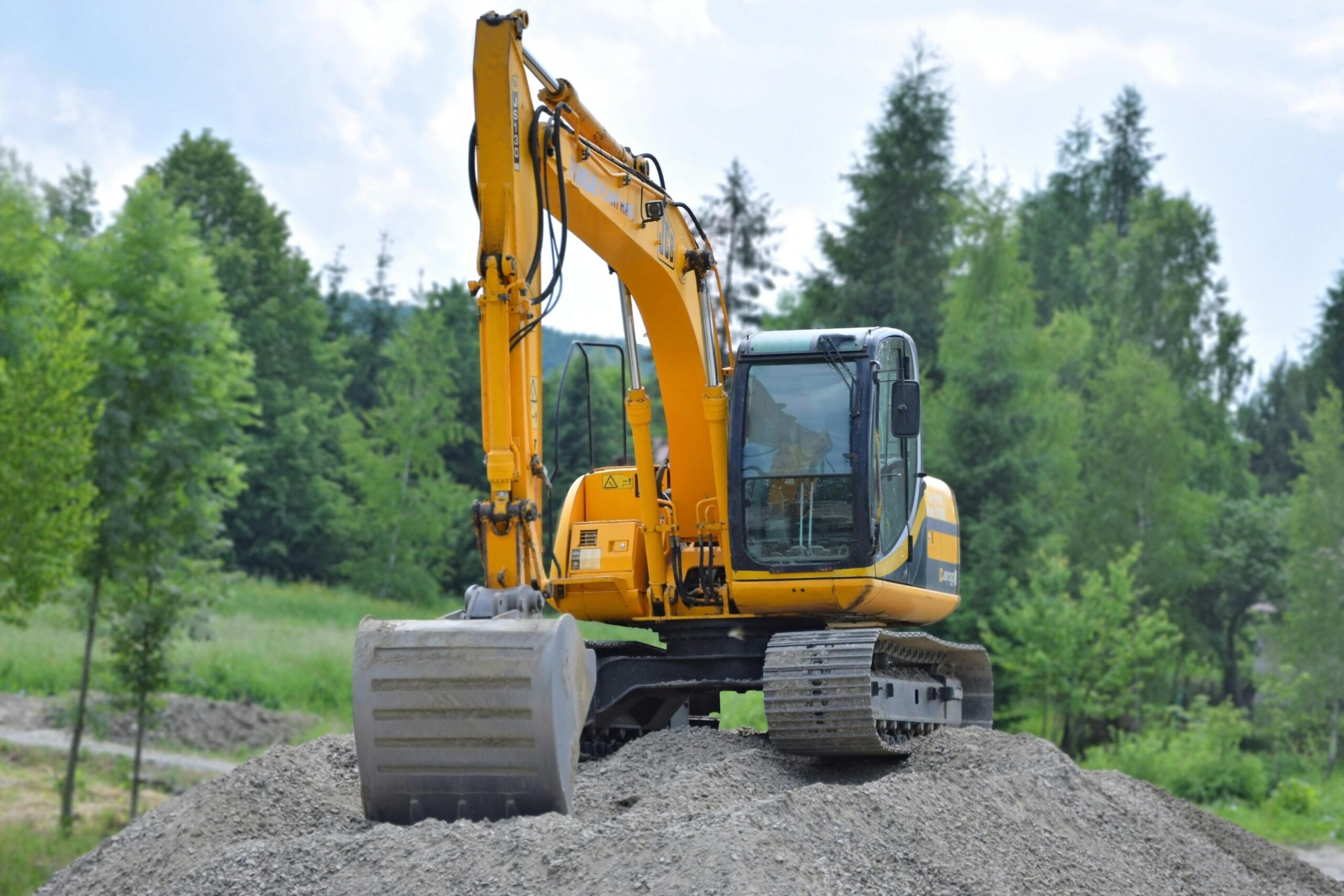Safety is the cornerstone of the mining industry. With its inherent risks, mining demands rigorous attention to training, education, and compliance to protect workers and ensure operational success. Training and education: building a foundation for safety is critical not only for mitigating hazards but also for fostering a culture that prioritizes worker well-being and long-term sustainability.
In this article, we’ll explore how technology, leadership, and collaboration are reshaping safety standards in mining, empowering workers, and driving operational efficiency.
Leveraging Technology to Enhance Workplace Safety
Technology has transformed the way the mining industry approaches workplace safety. From advanced monitoring systems to real-time data analytics, innovative tools help identify risks and prevent accidents before they occur.
- Wearable Technology: Devices like smart helmets and vests monitor workers’ vital signs, alerting them to potential hazards.
- Drones for Inspections: Drones safely inspect hazardous areas, such as unstable mine walls or equipment.
- AI and Predictive Analytics: Advanced algorithms predict equipment failures and identify unsafe conditions.
These advancements demonstrate how training and education: building a foundation for safety is enhanced by integrating cutting-edge tools.
Leadership’s Role in Fostering a Safety-First Environment
Safety begins at the top. Effective leadership is essential for creating a workplace culture that prioritizes safety. Leaders play a pivotal role in:
- Establishing Clear Policies: Setting and communicating safety standards across all operations.
- Providing Continuous Training: Ensuring workers understand and adhere to safety protocols.
- Leading by Example: Demonstrating a commitment to safety in daily operations.
When leaders emphasize training and education: building a foundation for safety, it inspires accountability and trust among employees.
Identifying and Mitigating Common Mining Hazards
Mining comes with unique hazards that must be addressed through training and preventative measures. Common risks include:
- Dust Exposure: Prolonged exposure to dust can cause respiratory diseases like black lung.
- Equipment Malfunctions: Mechanical failures pose significant risks to operators.
- Falls and Collapses: Unstable terrain and improper safety measures can lead to accidents.
Comprehensive training programs educate workers on recognizing and mitigating these risks, strengthening the foundation of safety in the industry.
Empowering Workers to Speak Up About Safety Concerns
Empowered workers are critical to a safe workplace. Encouraging open communication about safety concerns ensures hazards are identified and addressed promptly.
- Anonymous Reporting Systems: Allow workers to report concerns without fear of retaliation.
- Regular Safety Meetings: Provide a platform for discussing issues and sharing feedback.
- Training in Advocacy: Teach workers how to voice concerns effectively and constructively.
By fostering an environment of mutual respect and communication, mining companies can reinforce training and education: building a foundation for safety.
Measuring and Tracking Safety Performance in Mining Operations
To improve safety standards, mining companies must measure and track performance over time. Key metrics include:
- Incident Rates: Monitoring accidents and near-misses to identify trends.
- Training Completion Rates: Ensuring all employees have undergone necessary safety training.
- Equipment Inspection Logs: Tracking maintenance schedules to prevent malfunctions.
Analyzing these metrics helps companies identify weaknesses and develop strategies to enhance workplace safety.
Building a Safety-First Approach Across the Entire Workforce
A successful safety culture requires buy-in from every level of the workforce, from entry-level workers to executives. Strategies for achieving this include:
- Comprehensive Onboarding: New employees receive in-depth safety training upon hire.
- Regular Refresher Courses: Ongoing education keeps workers updated on the latest safety practices.
- Incentives for Safe Behavior: Rewards for adhering to safety protocols encourage compliance.
Integrating safety into daily routines ensures training and education: building a foundation for safety becomes second nature across the workforce.
The Impact of Safety Compliance on Overall Operational Efficiency
Safety compliance is often seen as a regulatory requirement, but it also has significant benefits for operational efficiency:
- Reduced Downtime: Fewer accidents mean fewer interruptions in operations.
- Lower Costs: Preventing injuries reduces medical expenses and liability risks.
- Improved Morale: Workers feel valued and perform better in a safe environment.
By prioritizing safety, mining companies can achieve a balance between productivity and worker well-being.
Collaboration Between Employers and Regulators for Safer Mining Practices
Collaboration between mining companies and regulatory agencies ensures industry-wide safety improvements. Key areas of collaboration include:
- Compliance Training: Regulators provide resources for educating workers on legal standards.
- Joint Safety Audits: Regular inspections help identify gaps in safety practices.
- Knowledge Sharing: Open communication between stakeholders promotes the adoption of best practices.
Such partnerships highlight the importance of training and education: building a foundation for safety in achieving long-term success.

Building a Sustainable Safety Culture for the Future of Mining
The future of mining depends on the industry’s ability to sustain a culture of safety. Achieving this goal requires:
- Investing in Innovation: Continued adoption of technologies that enhance safety.
- Focusing on Education: Expanding training programs to address emerging risks.
- Committing to Accountability: Ensuring all stakeholders uphold safety standards.
By embracing these principles, the mining industry can create a safer, more sustainable future for workers and communities alike.

